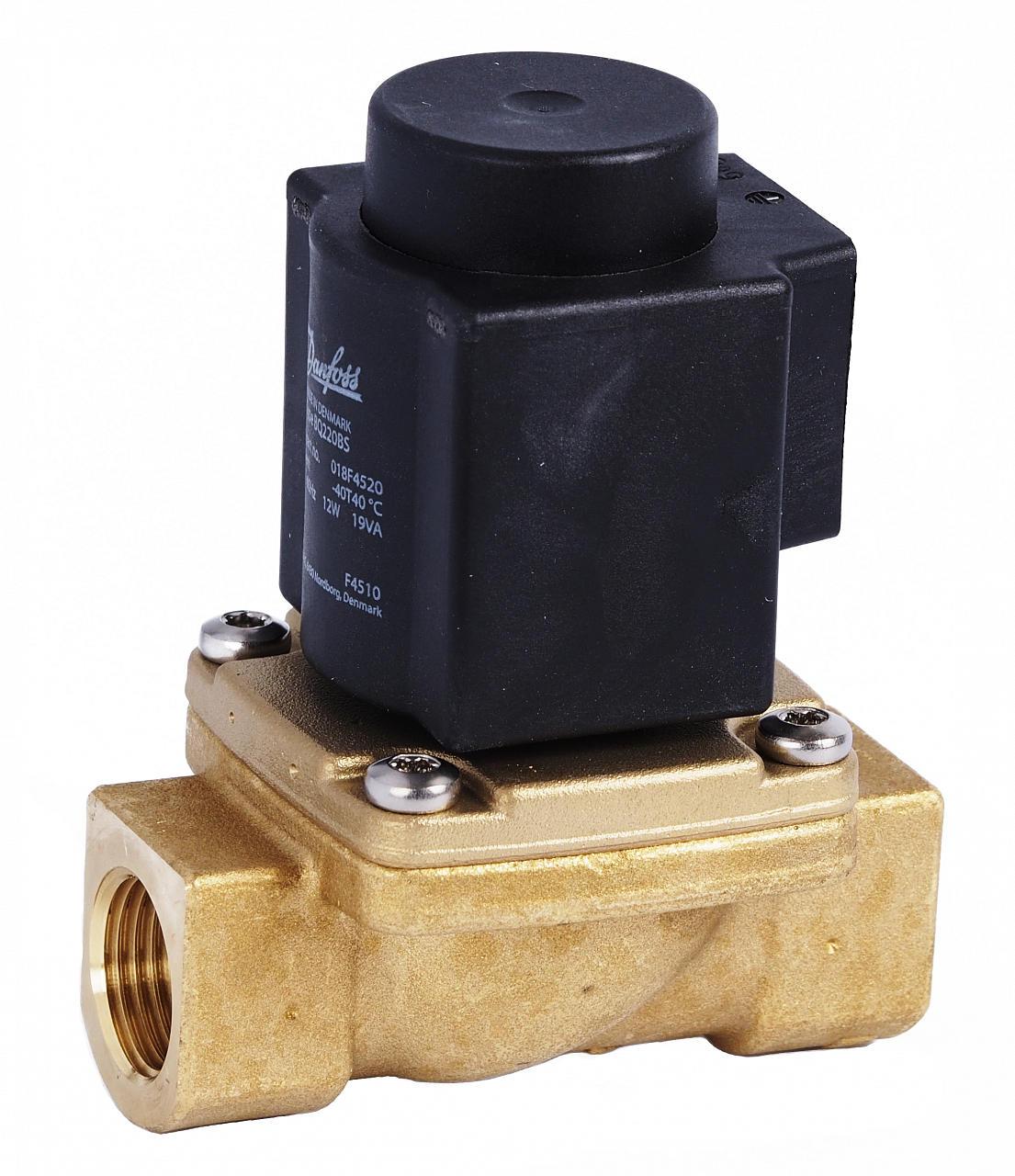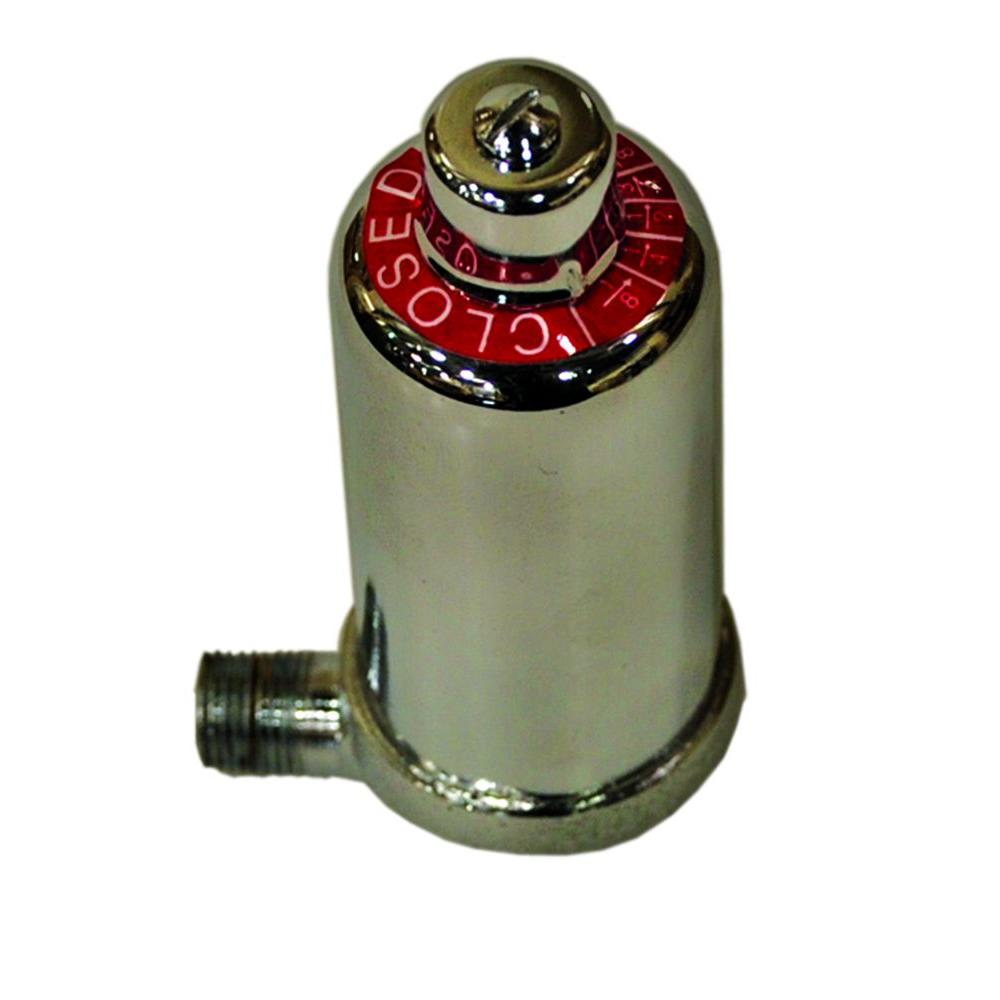Steam Valve
After clearing the Lestallum powerplant of Daemons in Chapter 8: Seaworthy - A Precious Source of Power, go back and talk to Holly.She requires your help inspecting the company's steam valves. As a heating cycle begins, steam flows up through the supply pipe to the radiator. As the radiator fills with steam, it pushes the air out through the open vent. This replacement of cool air with hot steam heats up the vent, which is a heat-sensitive valve, until the vent closes, trapping the steam in the radiator to capture its heat. State Supply offers a wide variety of valves such as radiator valves, brass ball valves, gate valves, globe valves, solenoid valves, and brass check valves, along with pressure relief valves, boiler controls, air vents and more. The air vent on a steam radiator allows air in the cooled radiator to be pushed out to make room for the incoming steam as the heating cycle begins. The hissing sound of the air venting from the valve is a sign of normal operation, but the noise should stop once the radiator comes up to temperature and the vent closes, thereby retaining steam in the radiator so it can give up its heat.

This article is not focused to any specific aspect of steam control valve. The wide subject matter can accommodate a lot of pages. However, to confine it within a respectable size, we will focus mostly on technicalities and industrial applications of steam control valve. We will try to make this article interesting for all readers, and navigate from basics to complex technology-oriented topics.
Let’s hit at the root of the subject, which is steam in this article.
What is Steam and what are its principal applications?
Water is converted to steam during transition from liquid to gas. Hydrogen bonds keep the H2O molecules together, and it breaks free to generate steam. In the liquid form, the molecules are continuously broken and joined with each other. The bond of the molecules becomes loose with application of heat, and eventually some molecules will break free at higher heat and create steam or dry steam. Both dry and wet steam is used in industries. Wet steam is formed when some water molecules release its’ latent heat and form tiny water droplets.
Steam is used in a large number of industrial applications. The most common applications are the process heating and driving the steam turbines to generate electricity. Apart from these, steam is used for atomization, cleaning, moisturize, and humidification. However, most of the applications will require some parameter control, and thus a steam control valve becomes a part of process control engineering.
Why a Steam Control Valve is used in process control applications?
Technically, a valve is a device which will control flow of fluid or vapor in any system. Download paint tool sai full free for mac. In case of steam, the major applications are to reduce the pressure of the inlet steam for process application. However, in addition to controlling pressure, a steam control valve will also control temperature.
Boilers will typically work at high pressures, as low pressure operation will result in carryover of water. High pressure steam has lower specific volume, which will allow pipes to carry less weight. In effect, distribution of steam becomes easier and cheaper due to the cost reduction in piping and insulation. Industrial process applications use steam at a lower pressure. The reason for this is that the steam at a low pressure has higher latent heat, which increases energy efficiency to a large extent. Steam pressure and temperature are related, and hence temperature is automatically controlled through the control of steam pressure. The reduction of steam pressure is also related to the required plant safety. Steam pressure can be controlled by using Steam Control Valve.
What is the principle of operation of a Steam Control Valve?
The old method of throttling flow or using an orifice plate will result in fluctuations of flow rate. The ideal solution is to adjust the downstream pressure automatically through proportional adjustment of valve opening. This technique will keep the steam pressure unaltered even during the fluctuations of flow rate.
Fig-1
The schematic in Fig-1 illustrates the use of a Steam Control Valve to reduce steam pressure to control heating inside the jacketed vessel. This system will ideally demand for manual interventions. A fully self-contained automatic system will comprise of an actuated Steam Control Valve, a pressure sensor and an actuator. This kind of system senses the fluctuations in the downstream pressure and adjusts it through a quick response actuator.
The typical mechanism to adjust the outlet pressure is through a balance of force adjustment between the steam pressure and the adjustment spring in the valve. The steam control valve is manufactured either by Non-piloted Acting Valve or Pilot-operated Acting Valve.
The non-piloted adjustment spring applies downward force directly on the main valve. The Piloted type adjustment spring executes downward pressure on a smaller pilot valve, which is not the same as the main valve.
The advantages of direct acting type are compact, economic, and straightforward installation. However, the controlling factor have larger variations from the set point, and mostly used for low loads.

Fig-2
The schematic in Fig-2 above is self-explanatory of the Piloted type Steam Control Valve arrangement normally used for a Heat Load along with a Heat Exchanger. The piloted type is used for heavy loads to achieve a fast response in a much broader range of flow range than the non-piloted types. However, these are larger in size and costlier. Minas new roomanne 28 online, free games.

What are the industrial applications of Steam Control Valves?

Steam is the mostly used medium for heat transfer in process control applications in industries. Steam Control Vales are largely used in steam driven turbines in electric power plants. The range of applications is quite large. However, Food-processing plants, Refineries and chemical plants are the users of different types of control valves driven by steam.
Here is a list of some typical applications of this valve:
Valve Steam Support Phone Number
- Fluid heat exchangers
- Re-boilers
- Reactors
- Combustion air pre-heaters
- Sterilizers
- Unit Heaters
- Humidifiers
- Direct Steam Injection Sanitary Heater
- Ironers
- Acid baths
- Small storage calorifiers
- Water treatment plants
Conclusion:
We may conclude that steam control valve is a significant equipment to manufacture high-quality products in industries. Today, advanced technology and long lasting materials are used to manufacture these valves to prolong its life cycle. It is also imperative that process control engineers have to learn installation and application techniques of this important industrial equipment.
| OMC V100: DIN rated, PN flanged control valves. Typically used for Steam, Water and Gas applications. Can be provided with Class V or Class VI shutoff. Provide compact solution with pneumatic or electric actuators and positioners. |
OMC K100: A larger range of body materials and trim capability. This range of valves is particularly suited to applications where aggresive fluids and demanding applications require control valves with exotic materials or reduced trim. |
| OMC KA10: True ANSI specification valves. This means that face to face dimensions as well as flanges conform to the requirements of ANSI standards. |
| OMC S100: Control valve for food processing, chemical and cosmetic industries, these valves are manufactured with hygenic internals and a range of triclamp or sanitry process connections. |
| We have limited stock of small bore (1/2' and 1') bossmatic control valves. These are available with I/P positions and a full set of service spares |
Steam Valve 1
| OMC K150: 3-Port Mixing / Diverting Control Valve for flow suitable for DHW (Hot water systems, including temperature control of plate heat exchangers and calorifiers. |
| OMC S250 is used in the industrial sectors such as the food, pharmaceutical, chemical and cosmetic industries, where high hygienic standards are required.these valves are manufactured with hygenic internals and a range of triclamp or sanitry process connections. |
| OMC S260 is used in the food, pharmaceutical, chemical and cosmetic industries, where high hygienic standards are required. These valves are manufactured with hygenic internals and a range of triclamp or sanitry process connections. |

